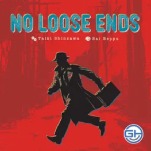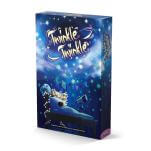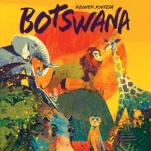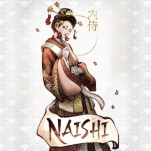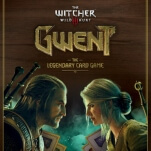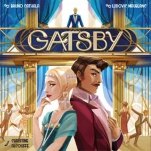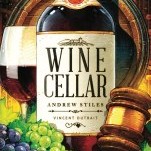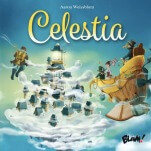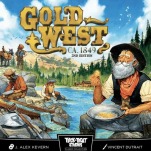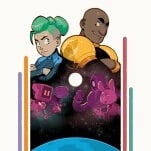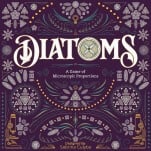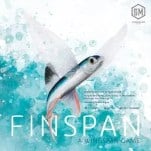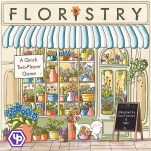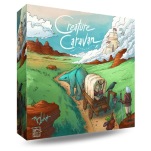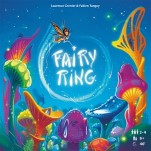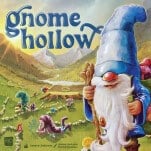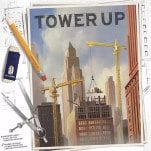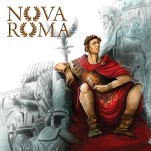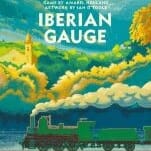Build the Most Scenic Road in America in the Great Board Game Big Sur

Big Sur turns a 5-minute teach and a deck of custom cards into a game that balances quick turns with a puzzly mechanic, making what might otherwise be a light family game into something a little meatier and very replayable.
In Big Sur, players are competing to build their version of California 1 along the Pacific coast, playing cards from their hand both to simulate portions of the highway and as resources to construct them. A road card costs either two or three resources to build—there are no resource tokens in the game, as it’s all done with the cards—and will score one to four points at game-end if that road is part of a longer “stretch.” Road cards of one mile give you one free resource of a specific type on every turn for the rest of the game. Road cards of two miles have some kind of bonus text that gives you game-end points or maybe a little boost during the game.
Each road card also has two scenery symbols, which might be two of the same one, out of the five total in the game. There are three ways to score in Big Sur, and the most fundamental one is to create “stretches” of road containing at least three matching scenery symbols on adjacent cards. So four cards in a row that all show the forest symbol would score, with each card earning points equal to its mileage. Two adjacent cards showing the flower, where one card has two flowers, would also score, since that stretch has the requisite three matching symbols.
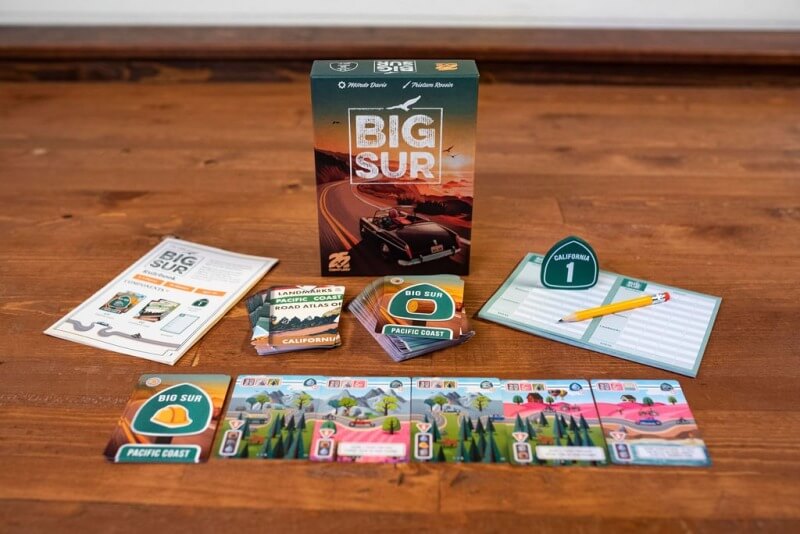
-

-

-

-

-

-

-

-

-

-

-

-

-

-

-

-

-

-

-

-

-

-

-

-

-

-

-


